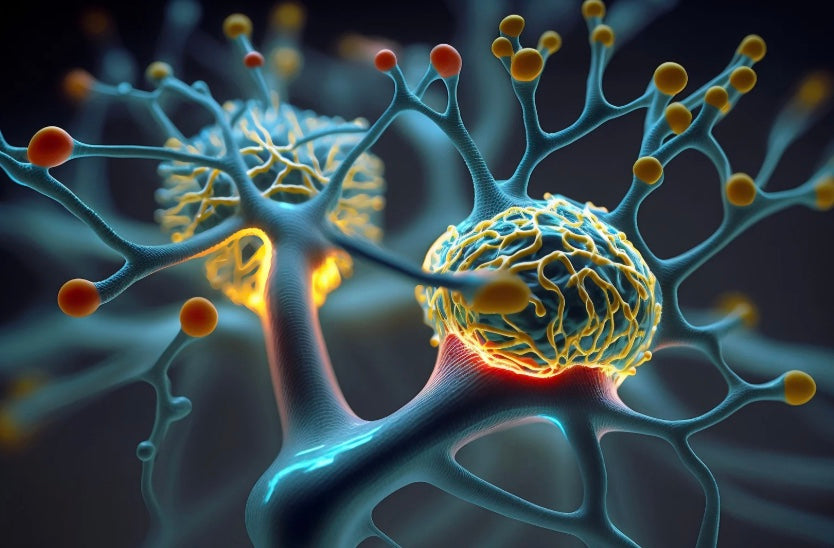
What is Neuroplasticity?
🧠 Your Brain Can Change: How Stroke Recovery Works
What Is Neuroplasticity?
Neuroplasticity is your brain’s amazing ability to adapt, change, and re-learn — even after a stroke.
After a stroke, some parts of your brain may not work like they used to. But other parts of your brain can take over those jobs — with the right kind of practice and support.
How Can Neuroplasticity Help You?
• Your brain learns best through repetition – doing the same things again and again.
• Every effort counts – even small movements or attempts to say words help your brain to reconnect.
• Recovery takes time and patience – but your brain is always able to keep learning.
What Can You Do to Help Your Recovery?
✅ Practice often – Try to engage in conversation as much as you can, every day, using whichever mode of communication you can (speech, gesture, facial expressions, drawing, writing....).
✅ Be active in your therapy – practise the activities your therapist gives you, again and again.
✅ Believe in your progress – What you do really makes a difference.
✅ Stay positive – Your mindset matters. Even small improvements are steps forward.
✅ Work with your therapist - we are here to help you keep learning.
Things to Remember
• Don’t give up – The brain keeps changing, even months or years after a stroke.
• Keep using the side of your body that was affected – This helps your brain to rewire.
• What you do every day shapes your recovery – The more you try, the more your brain learns. Practise, practise, practise!!
“Every time you try, your brain is learning. You are rebuilding brain pathways, step by step.”
